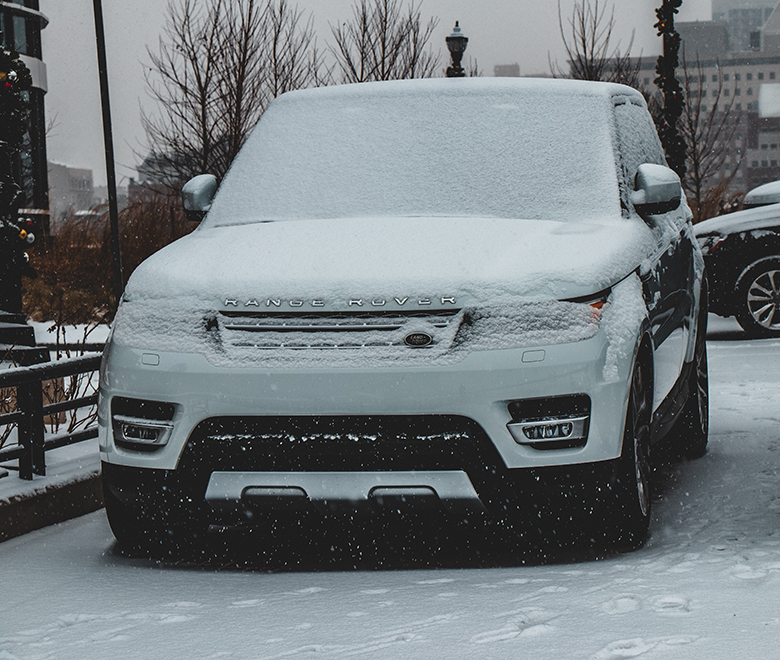
The holidays may be over but winter is not. For many, the roads will continue to freeze over and thaw out from now on into March. This will cause potholes in the roads and can likely cause harm to your vehicle, if the potholes don’t, if it is not well maintained. Take a moment and give your ride some attention.
- Test the battery.
- Clean/replace wiper blades (we recommend changing your wipers at least twice per year, no better time to start this habit than in January).
- Top off your wiper fluid reservoir with a winter-blend washer solution (should contain an antifreeze agent).
- Clean/test your lights.
- Check your oil level (we recommend using an oil with a “W” in the viscosity index if you live in a colder state).
- Conduct a penny-check on your tires’ tread (Winter is not the time to delay getting a new set of tires. For heavier snow states, invest in a pair of studded snow tires for your vehicle.).
- Check your tire pressure (tires can loose up to one pound per square inch for every 10-degree drop in air temperature).
- Survey the underside of your vehicle from front to back looking for any vulnerable parts/areas.
- Change your coolant ratio to a 50/50 mix of antifreeze and water.
- Fill up the gas tank (Always try to have maximum levels of gasoline in your tank during the winter months. This will help with preventing freezing for both your car and you.).
- Update your car’s survival kit (kits should include: working batteries and a flashlight, a first-aid kit, a blanket, a phone charger compatible with your vehicle, bottles of water and food, a knife, and jumper cables).
Follow this checklist and your car will keep you warm and get you where you need to go all winter long.

